Temperature
People usually describe the temperature as hot or cold. The real definition of temperature is the measure of the average speed of air molecules. Temperature is measured in degrees by using a thermometer.They are read in the shade because their measurements are too high when placed in direct sunlight.
The temperature of the air depends on the temperature of the surface directly below. The temperature remains lower on surfaces like snow and ice because less sunlight is absorbed than in areas of forests and soil.
Also, the air feels colder as you climb up a mountain. This happens because the temperature decreases as you move away from the surface. The weather is strongly affected by the temperature.
You might also be interested in:
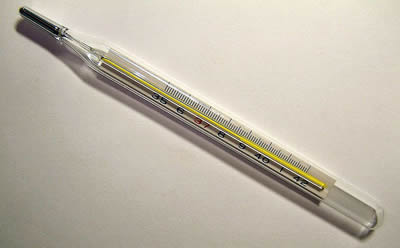
Thermometers measure temperature. "Thermo" means heat and "meter" means to measure. You can use a thermometer to measure the temperature of many things, including the temperature of
...more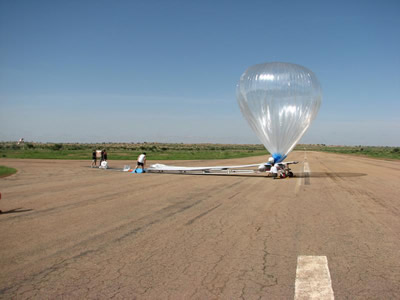
Weather balloons are used to carry weather instruments that measure temperature, pressure, humidity, and winds in the lowest few miles of the atmosphere. The balloons are made of rubber and weigh up to
...more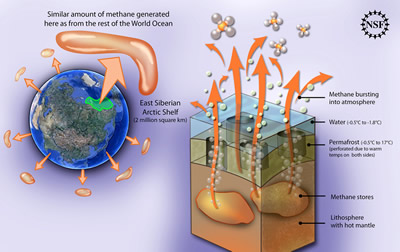
A section of the Arctic Ocean seafloor that holds vast stores of frozen methane is showing signs of instability and widespread venting of the powerful greenhouse gas, according to the findings of an international
...more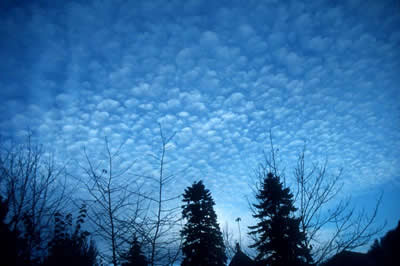
Cirrocumulus clouds (weather symbol - Cc) are composed primarily of ice crystals and belong to the High Cloud group (5000-13000m). They are small rounded puffs that usually appear in long rows. Cirrocumulus
...more
The high cloud group consists of Cirrus, Cirrostratus, and Cirrocumulus clouds. The prefix cirro- means 'high.' High clouds consist of primarily ice crystals due to the cold air in the upper troposphere.
...more
Ever looked up in the sky on a lazy Sunday afternoon and just watched the clouds? Well, here's a project where you can do just that and learn something too! This project works best if you do it with a
...more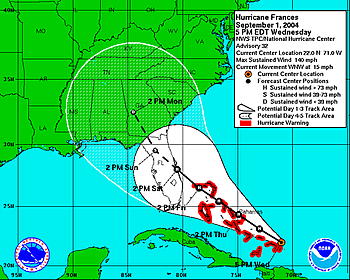
Each year scientists make predictions about the strength of the upcoming hurricane season. To make seasonal hurricane predictions, scientists look at climate models and climate events that are known to
...more













